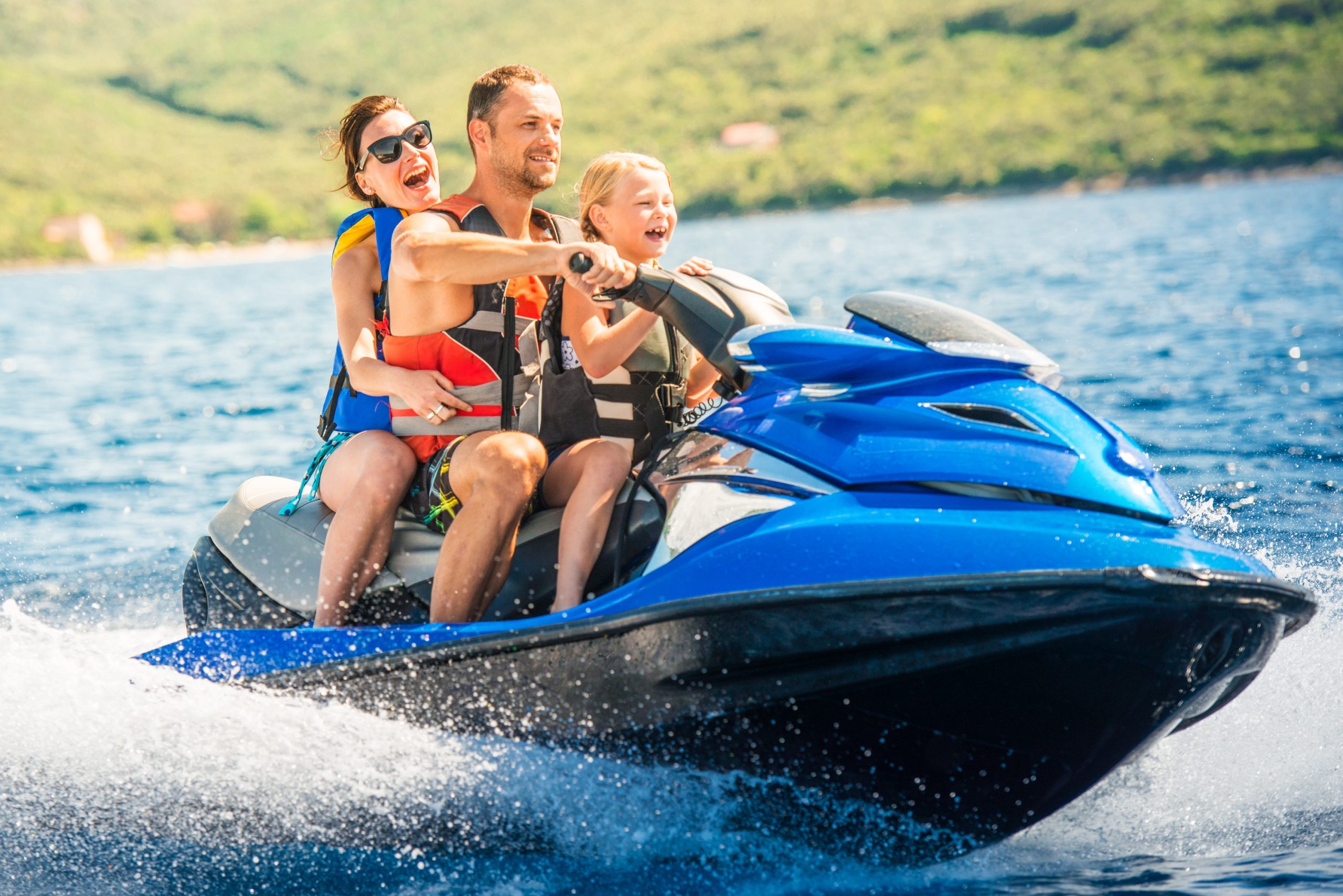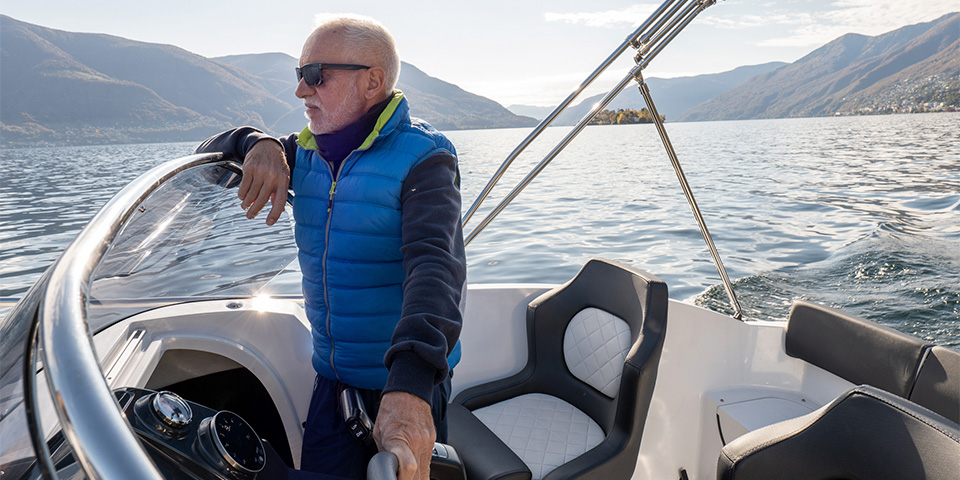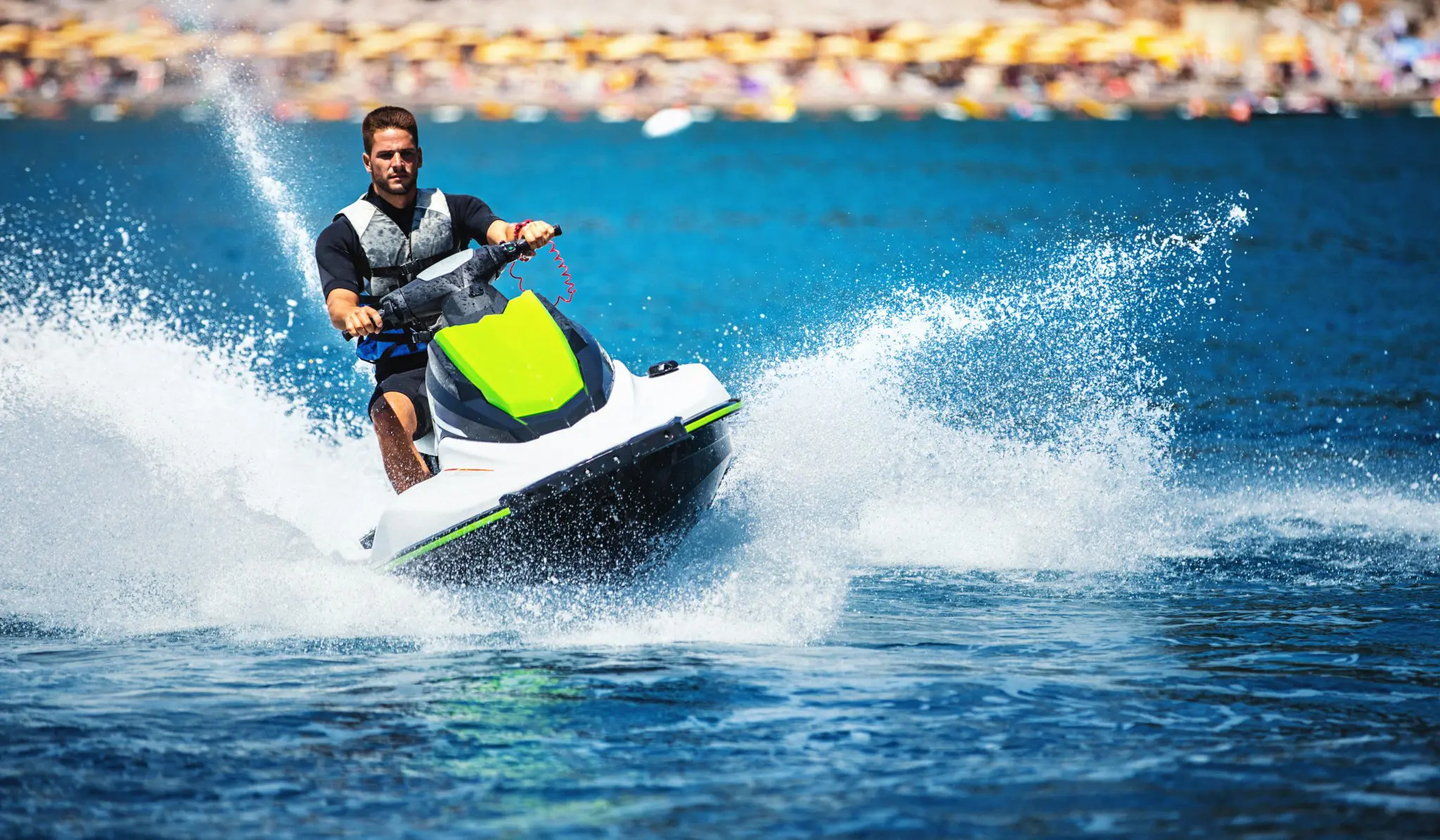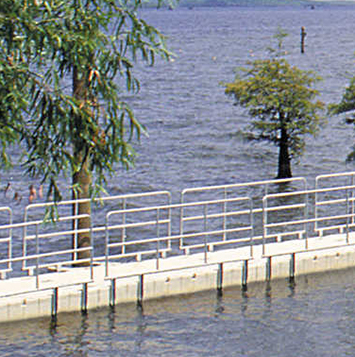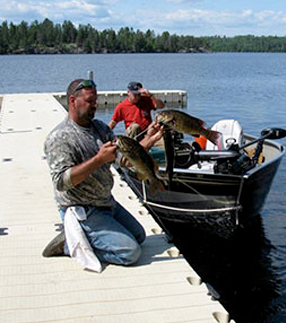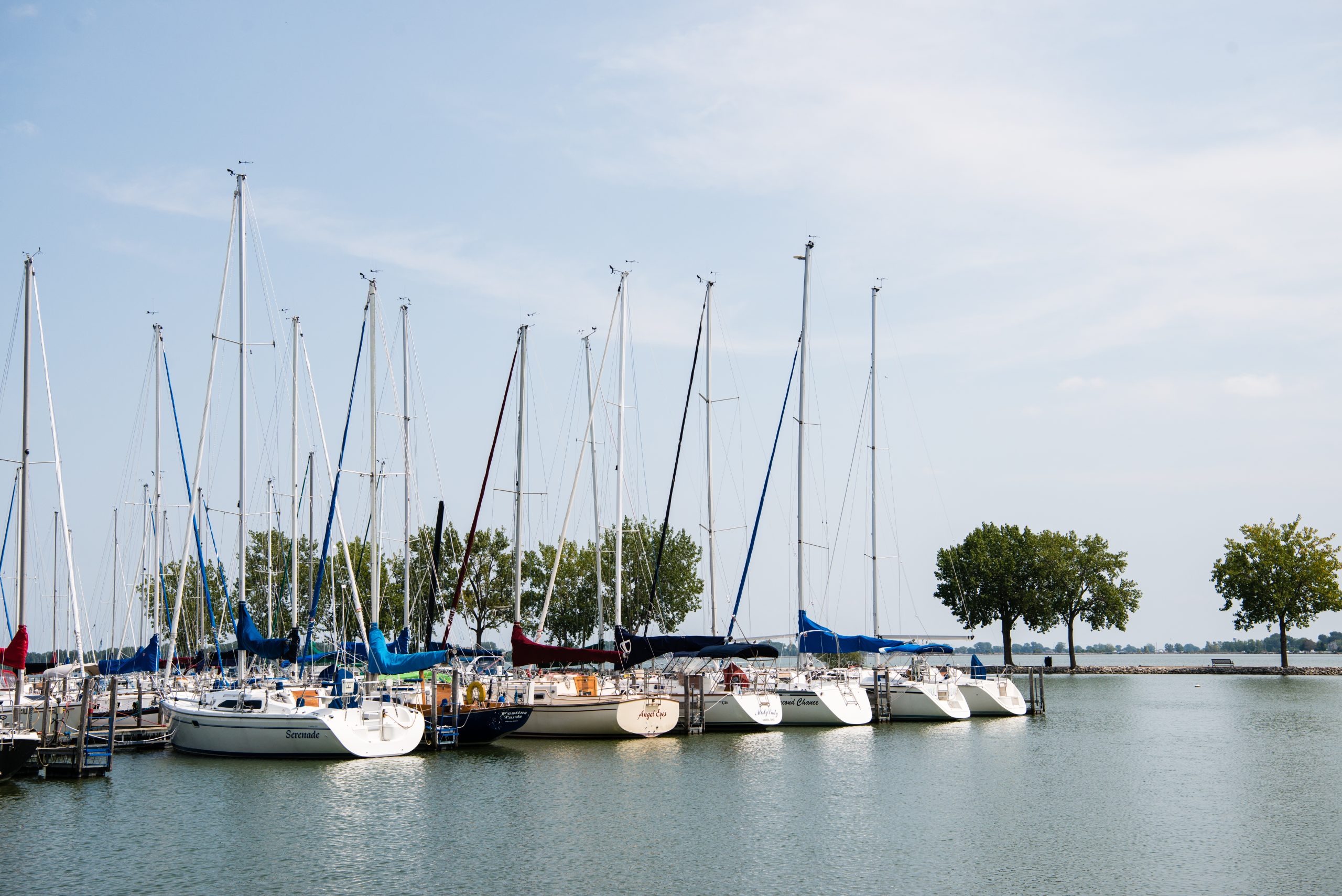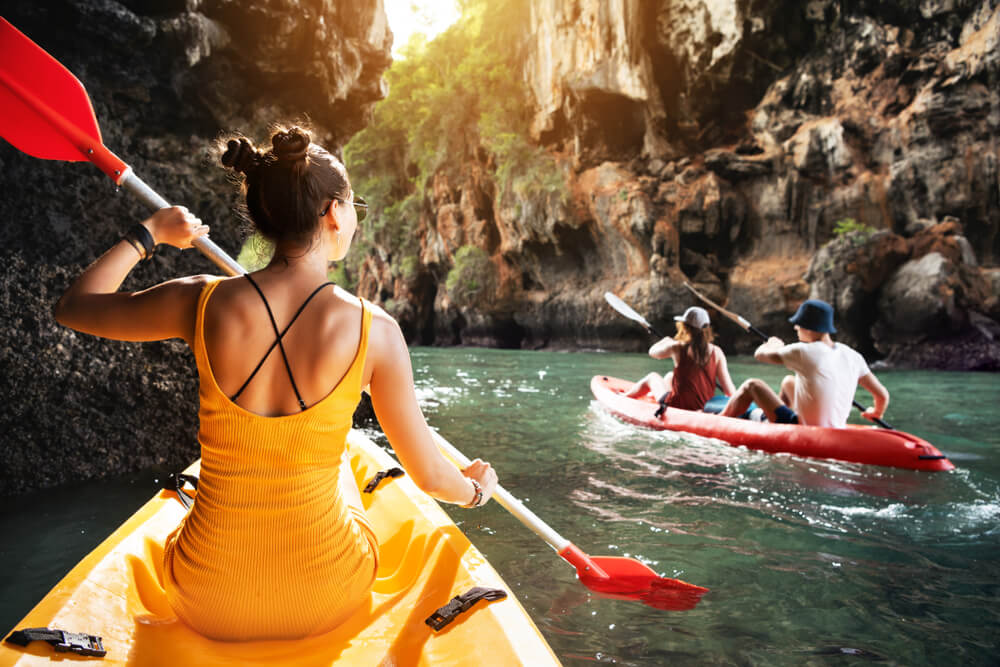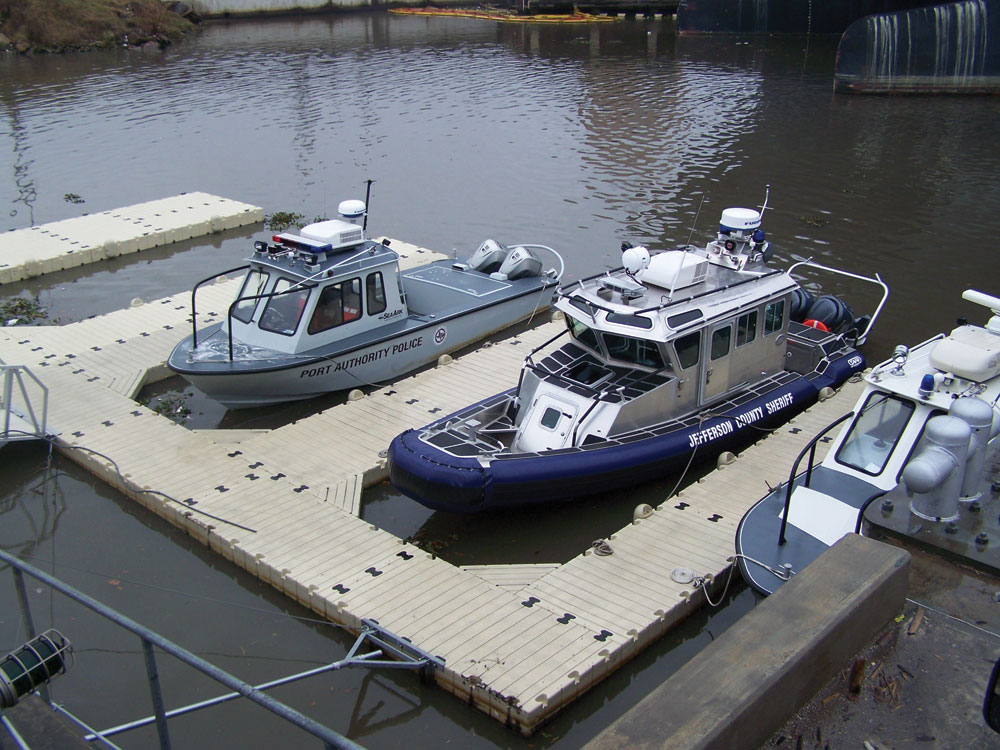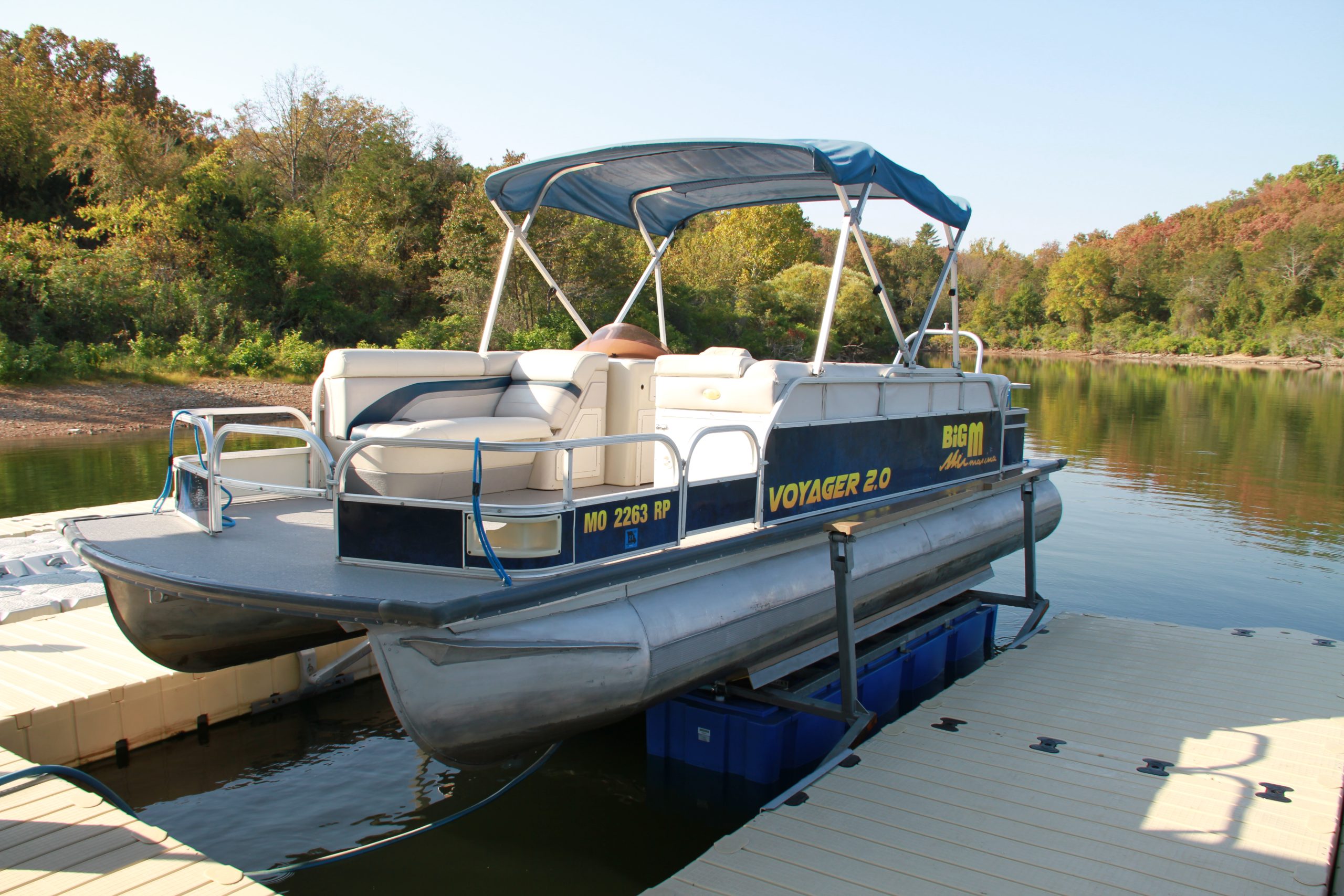Filters
A Guide to Kayaking in Winter
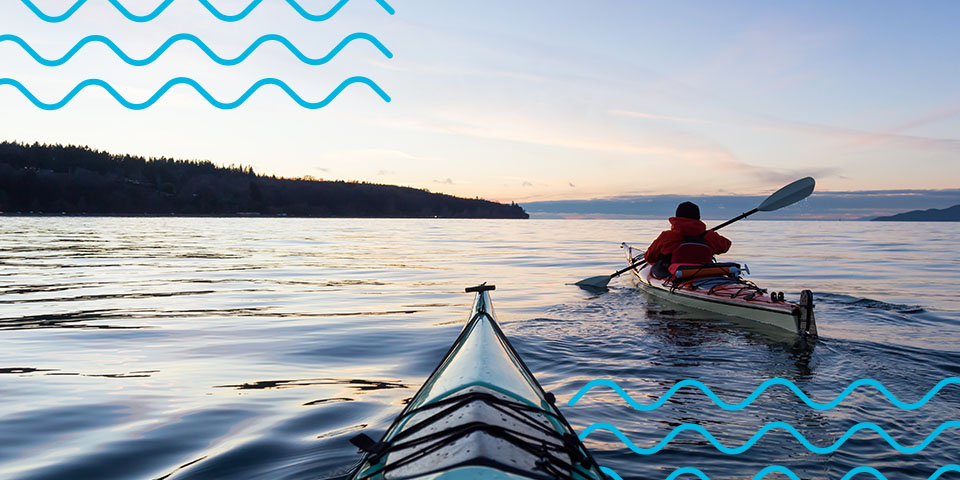
Kayaking in the winter, whether in the snow or just regular chilly temperatures, is an adventure of its own. This venture will enable you to view stunning frozen landscapes while gliding across the water — a truly unique experience if you’ve only ever kayaked in warm weather.
Winter kayaking can become a cherished pastime when you bundle up and embark on this adventure with the right gear. Whether you’re an amateur or a well-seasoned kayaker, you can extend your paddling season into the winter months by adhering to these safety tips and cold-water kayaking techniques.
What to Know About Kayaking in the Winter
While you can kayak in the winter, doing so comes with unique challenges and considerations — it’s not for everyone. At the same time, cold-weather kayaking can provide numerous benefits, including:
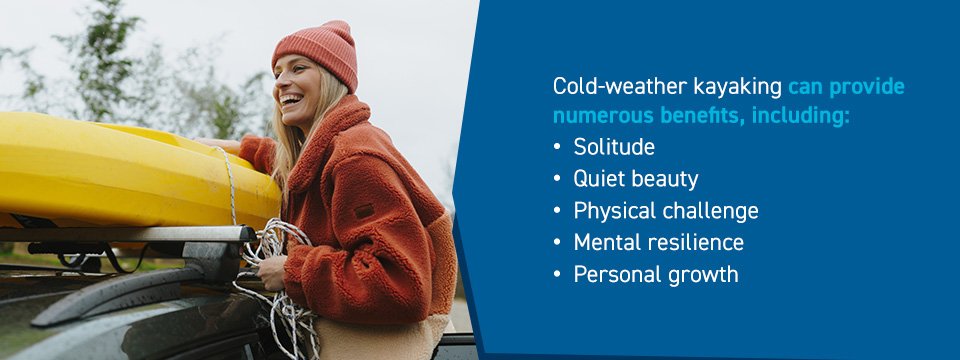
- Solitude: Though you should avoid kayaking alone, you’ll experience a new sort of tranquility in the outdoors, even in a small group. With fewer people enjoying watersports, you can look forward to peace and solitude on the water.
- Quiet beauty: You can look forward to serene, snow-covered landscapes, crystal-clear lakes and possibly frozen waters on your trip.
- Physical challenge: Navigating through cold and sometimes icy water can be physically challenging, offering a great workout.
- Mental resilience: Winter kayaking helps you to focus on the present moment, building your mental strength through mindfulness. This healthy practice can help improve your mental clarity and reduce stress.
- Personal growth: Even if you’re an avid kayaker in the summer months, doing so in the winter can put you outside of your comfort zone. Engaging in a new challenge fosters personal growth. As you overcome hurdles on the water, your confidence can improve, positively impacting your self-esteem.
Keep in mind that during the winter, you’ll likely have less daylight to work with for your trip, so plan to kayak before the sun sets. Ice formations can also pose a threat to your winter kayaking adventures. You must learn how to differentiate safe ice conditions from potentially hazardous situations. In icy conditions, you may need to break through thin ice to move forward or return to your starting point.
When Not to Kayak in the Winter
A frozen waterway is a clear indicator that you can’t kayak there. However, other, less-telling signs exist that also mean you should postpone your kayaking trip. Before getting out on the water, determine the water temperature — temperatures below 60 degrees Fahrenheit can lead to immediate “cold shock,” which affects your blood pressure, breathing and clarity of mind.
When researching water temperatures online, you may come across the “120 degree rule,” which some kayakers use to judge whether the conditions are right for kayaking. Note that this method isn’t proven and may lead to making dangerous decisions when boating. Ultimately, air temperature has no correlation with water temperature, so you can’t base your decision to kayak on it. Pay attention to the water temperature only, and practice caution when choosing a kayaking location.
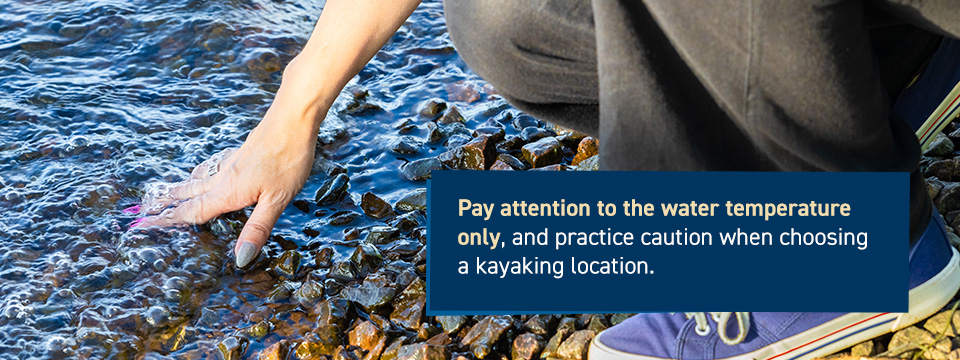
No matter the circumstances, it’s imperative to dress appropriately when kayaking in the winter — we cover this point more in depth below. If you calculate the water temperature and are hesitant to go out, it may be best to plan your trip for another time when the weather is warmer. In any case, do your research when planning each trip, so you always know what conditions to expect.
How to Prepare for Kayaking in the Winter
As you prepare for an exhilarating winter kayaking experience, you must take proactive steps to protect yourself. This planning includes picking the right location for your skill level and acquiring the right gear for your expedition. Plus, you should know exactly what to wear for winter kayaking to stay warm and dry on your trip.
Choosing Your Location
Safety should be your top priority when researching kayaking locations. Knowing the body of water and surrounding area helps you be better prepared for specific conditions. As you choose a place for your winter kayaking trip, keep the following variables in mind:
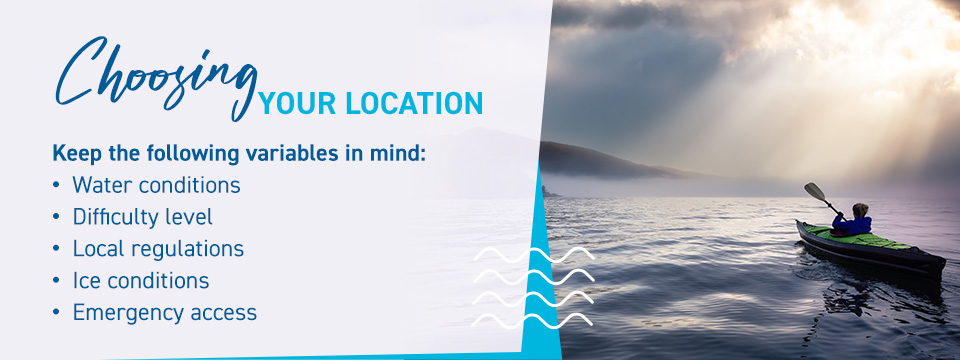
- Water conditions: Take note of the currents and tides in the area where you want to take your kayak. Asking locals or people familiar with the area can give you a good idea about water safety.
- Difficulty level: You want to stay within your skill level and comfort zone, especially when hitting the water during challenging temperatures. Pick a location that is easy to navigate, where the water is relatively flat. If you’re an experienced kayaker, you might choose a more difficult terrain, but you should still plan with caution.
- Local regulations: Double-check local rules and restrictions for winter paddling, specifically regarding permits or launch hours.
- Ice conditions: It’s safer to avoid locations with extensive ice cover, as this keeps the water easy to navigate.
- Emergency access: The ideal location will have various access points where you can find assistance or shelter if the weather suddenly changes.
Packing Essential Gear
Make sure you pack the following gear to make your experience safe, fun and as comfortable as possible.
- Navigation tools: Bring maps and a GPS device to help you navigate as you paddle. These tools are especially crucial if you’re unfamiliar with the route your group will be taking.
- A dry bag: Bring a dry bag for your spare clothes, cell phone and other essential items to ensure they stay safe and dry.
- First-aid kit: Be prepared for minor accidents with a well-stocked, portable first-aid kit in your dry bag.
- A headlamp: Keep this in your dry bag in case you need additional visibility if it gets dark while you’re still out on the water.
- Personal floatation device (PFD): Use a PFD approved by the United States Coast Guard, making sure it’s large enough to fit over your jacket but tight enough to fit properly.
- A whistle: The U.S. Coast Guard requires sound-making devices in vessels less than 39.4 feet. A whistle is a common option you can keep around your neck for quick access.
- Sunscreen and lip balm: Protect yourself from the sun and windburn with SPF products. Even if the sun hides behind clouds, you’re still at risk of sunburn.
- Spray skirt: Attach a spray skirt to your kayak to protect the lower half of your body against wind, water and other elements the weather might throw your way. This accessory also gives you some additional dry storage inside the cockpit.
- Spare gear: Bring a towline and an additional paddle to help if you or anyone in your party needs help getting back to shore.
In addition to essential gear and accessories for your paddling trip, pack a few snacks and hydrating fluids to help you stay alert and focused throughout your trip.
Wearing the Right Clothes
When you’re out on the water in the winter, you must come prepared with the right clothing. Kayaking in winter clothing involves using layers so you can remove and add items as temperatures fluctuate.
Begin with a thin shirt and pants — opt for synthetic materials that won’t stick to your skin when wet. Then, add a fleece on top of the shirt with a waterproof jacket on top of that. Put on a pair of waterproof pants over your thinner bottom layer. For your feet, wear one or two pairs of wool socks and a pair of sturdy waterproof boots. A warm hat and a pair of waterproof gloves complete your outfit.
If you’re wondering what to wear for kayak fishing in the winter, you can follow these same recommendations in addition to using a wetsuit. A wetsuit will help keep you dry and warm, especially if you plan to stand in shallow sections of water to fish.
Don’t forget to wear a pair of sunglasses and a proper helmet for further safety and protection.
Top Safety Tips for Winter Kayaking
As you venture out onto the cold water, remember to prioritize safety, which starts with knowing your limits. Although winter kayaking is an incredible experience that offers ample physical and mental exercise opportunities, it’s not a season or sport you should take lightly. Ensure you’re physically up to the challenge, you have the right skills and preparation and you know when to stop or turn around.
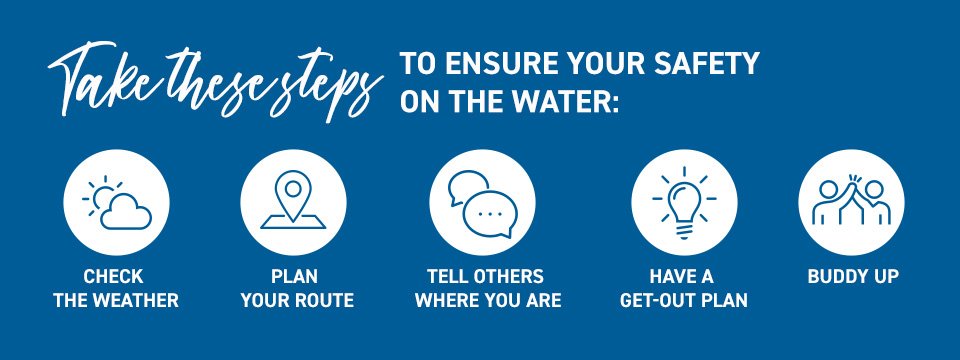
Take these steps to ensure your safety on the water:
- Check the weather: This is a vital step when kayaking year-round. Always know what to expect weather-wise on your journey and be prepared to deal with sudden changes in weather.
- Plan your route: Routes leading to the open ocean or closed bays can pose a risk during the winter, as the weather may be too unpredictable. Carefully plan your route to ensure your journey is as safe as possible.
- Tell others where you are: Ensure someone on land is aware of your launch and return time estimates and the route you plan to take.
- Have a get-out plan: If the weather suddenly turns, you want to have a plan to get out of the water quickly and safely. This precaution might include staying close to the shoreline.
- Buddy up: Safety lies in numbers, especially in weather where you may need help if you capsize or become hypothermic. Always kayak with a group and stick together as much as possible.
Winter Kayaking Techniques to Understand
Maintaining control of your vessel at all times is vital. Ensure you paddle with controlled, steady strokes while avoiding erratic or sudden movements. As you approach any hazards or obstacles in the water, use caution and continue to make slow, continuous movements as you navigate around these.
Whether you’re going for a leisurely paddle or kayak fishing in the winter, use these safety techniques:
- Keep your paddle secure: Put your leg over your paddle while you’re fishing or taking a break during high winds. This way, you won’t accidentally drop it in the water.
- Know how to paddle in cold water: Avoid aggressive, rapid strokes, as this might destabilize your kayak, putting you at risk of capsizing into the icy water. You can also keep your paddle strokes close to the hull to minimize dripping water onto yourself.
- Use a sculling draw stroke: This technique increases your stability and maneuverability in the water. Rotate your hips toward the paddling side to maintain balance with this paddling method.
- Understand navigating icy water: Thin ice or partially frozen waters can be hazardous and lead to capsizing. Learn how to properly navigate icy water to protect yourself and your kayak — a test run on a calm portion of water with few variables could be helpful.
- Learn how to break ice: Approach ice and ice breaking with caution. If you’re confident in your ability to approach ice, paddle toward the ice slowly, gradually increasing your force as you progress. You want to create a fracture in the ice to nudge it apart. Know that you can risk damaging your vessel or becoming stuck in the ice if you use this method.
Refreshing Your Rescue Knowledge
Brushing up on your safety techniques is always a good idea, especially if you’re heading out on the water during the winter. Start by practicing rescue scenarios in the warmer months or in a heated pool to ensure you can help yourself or someone else in case of an emergency.
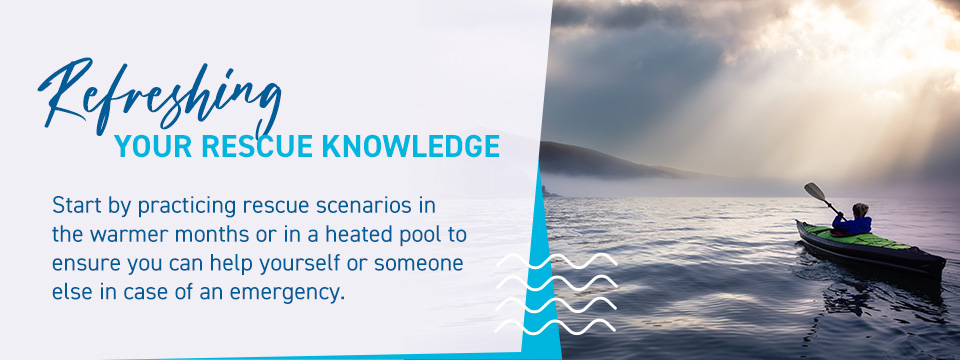
If you capsize, you can re-enter your kayak with the help of a paddle float, which you need to inflate after you capsize. Attach the float to the end of your vessel’s deck lines and use the paddle float as an outrigger to stabilize your kayak as you climb back in.
Here are some self-rescue techniques to keep in mind if you capsize:
- T Rescue: This technique needs assistance from another kayaker who will form a “T” shape with their vessel and yours. Hold onto the other vessel and flip your kayak right-side up. Using a paddle float, you can re-enter your vessel.
- Rolling: You can perform a self-rescue with the rolling technique. You execute a roll to bring your kayak upright and re-enter the vessel.
Additionally, make sure the group you plan to kayak with understands these points, too. If you’re a beginner group heading out for winter kayaking for the first time, it may be worthwhile to learn from an instructor and practice techniques together. When everyone understands how to react in an emergency situation on the water, you can have a much more stress-free trip.
Considering Post-Paddle Necessities
Safety when kayaking in the winter extends to how you end your trip, too. When you’re back on land, take the following steps to warm up gradually:
- Start your engine: Start your car before you take the next steps and switch the heater on so it’s nice and toasty inside when you’re ready to leave.
- Drink or eat something hot: Keep a thermos of hot tea, coffee or soup in the car so you can warm up from the inside when you get back to your vehicle.
- Wash off: You can use a container of warm water to wash saltwater, mud and other debris off your legs, arms and face.
- Remove wet outer layers: Remove your waterproof jacket and pants, along with any other items that got wet, such as your gloves. It can be helpful to keep a different jacket in your car to put on after you remove the one you wore while kayaking.
- Have a snack: Eat a protein bar or another small snack to help you replenish your body post-kayaking as you warm up.
Improve Winter Kayak Safety With a Kayak Launch
When you’re kayaking in the winter, you want to avoid submerging any part of your body in the freezing water as much as possible. A kayak launch can offer comfort and safety as you enter and exit the water. Whether you own a waterfront property with your dock or facilitate launches for others, there are numerous benefits to installing a kayak launch:
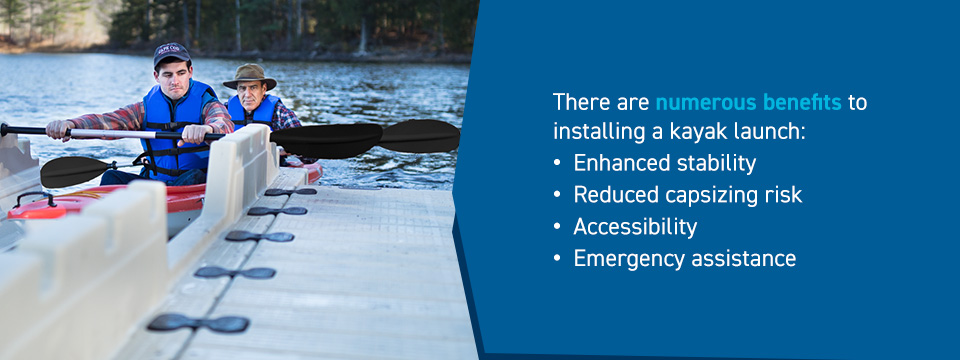
- Enhanced stability: A stable kayak launch and dock provide non-slip surfaces and handrails to simplify launching and re-entering your vessel. Railings help you keep your balance, preventing slips and falls in icy conditions.
- Reduced capsizing risk: A kayak launch’s stability also helps reduce the risk of capsizing as you enter and exit your vessel. This security is essential to safety, as specific water temperatures in the wintertime can potentially induce the risk of hypothermia.
- Accessibility: Another benefit to installing a kayak launch is greater accessibility for kayakers of all ages and abilities. These aids are helpful throughout the year, but particularly in the winter when snow and ice can present hazards.
- Emergency assistance: If you or other kayakers require assistance at the end of a winter kayaking trip, a kayak launch can let rescue teams or others help with a convenient and safe point of access.
If you have a modular dock out during the winter, you’ll have to winterize it to preserve its integrity and increase its life span. You may have to remove your kayak launch, as well. The modular characteristics of EZ Dock products can make this process more convenient for the winter paddler, so you can enjoy safe and easy water access all year.
Why Choose EZ Dock for Your Kayak Launch
Kayaking in the winter is a unique yet exhilarating experience for daring paddlers. With the proper preparations and gear, you can safely explore winter wonderlands right from your kayak.
If you own a waterfront property, investing in an EZ Dock floating kayak launch can help you get out on the water faster. A pioneer in floating docks for over 26 years, we offer maintenance-free, barefoot-friendly polyethylene docks that are both durable and slip-resistant. Customize your layout with modular floating dock sections that will maintain strength and durability in wind, rain and snowy conditions.
Contact us for more information on pricing or guidance on how you can improve your docking system.


